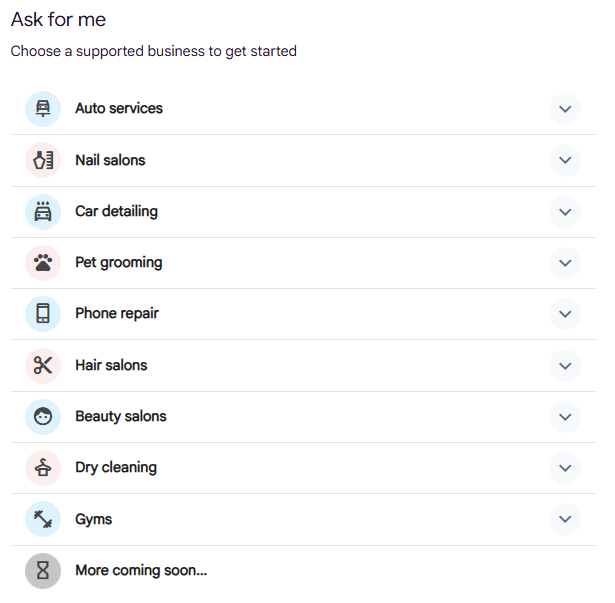Local Memo: Perplexity’s AI Ranking Signals Uncovered, Instagram Launches New Insights, and Google Scales Back “Ask for Me”
Perplexity’s Ranking Factors Revealed
The News: A recent analysis of browser-level interactions with Perplexity’s infrastructure, conducted by independent researcher Metehan Yesilyurt, has uncovered dozens of “ranking patterns” that suggest traditional core SEO principles still hold up in the age of AI search.
- Content Helpfulness and Clarity: Perplexity prioritizes content that’s easy for both humans and AI to understand—favoring clear structure, descriptive headings, bullet points, and concise language.
- Semantic Relevance: It’s not just about keywords—content must address the full user intent behind a query. Including FAQs and answering related questions within the content can help boost relevance.
- Authority and Trustworthiness: Contributing factors include positive reviews, awards and accreditations, and mentions in authoritative “best of” or industry-specific lists on reputable websites.
- Freshness and Recency:
- Newer content, especially on rapidly evolving topics, is prioritized, highlighting the importance of regular updates.
- User Engagement: Signals like dwell time, click-through rates, and user interactions influence ranking.
- Technical Page Optimization: Factors like site speed, mobile responsiveness, SSL, XML sitemaps, robots.txt, and structured data still matter.
What This Means: Don’t believe the hype. Many ill-informed SEOs and local marketing agencies are out there pushing the idea that you need to overhaul your optimization strategy for AI—and that some magic data file will help you show up in LLM results. But as Google emphasized at last month’s Search Central Live conference: if you want to appear in AI-generated results, “simply use normal SEO practices.”
Instagram Rolling Out New Performance Metrics
- The News: Instagram is updating its metrics to help creators and businesses better understand their audience and content performance. New measures include:
- Followers Gained: Instagram will now highlight which content attracts the most new followers to your account.
- Post-Level Demographic Data: You can now access detailed demographics—like age, gender, and location—for individual posts, not just your overall account. This enables a deeper understanding of who’s engaging with specific content.
- Post Insights: A new feature shows which image in a carousel a user liked, offering better insight into engagement with multi-image posts.
- Reels Insights: Similar to carousel insights, this shows where in the playback a user liked your Reel, helping identify which moments resonated most with your audience.
What This Means: These updates, first announced in testing and now officially rolling out, aim to give creators and businesses more granular data to refine their Instagram strategies and better connect with their target audience. Smart marketers will use these new insights to craft the kind of content their customers most want to see and engage with.
Google Removes Some Business Types From “Ask for Me” Experiment
The News: In February, Google Search Labs launched a new experiment called “Ask for Me,” which uses AI to call businesses on a customer’s behalf to find out what they charge for a service and when it’s available. Initially limited to auto services and nail salons, the program expanded in June to include 16 additional business categories, with the promise of “more coming soon…”
Though no new categories have been added since, nearly half have been removed. Accountants, auto glass shops, spas, pest control services, tanning studios, tattoo shops, tax preparation services, and veterinarian and wellness centers are no longer listed as part of the experiment—even though the “More coming soon…” message still appears.
What This Means: While the removal of nearly half the categories may seem like a bad sign, Google has not pulled the core industries it launched the experiment with—suggesting they’re likely seeing positive engagement in certain sectors.
The decision to drop some categories may simply reflect the need for more detailed information to schedule appointments in those industries. For example, a visit to the vet requires much more detailed information than booking with a pet groomer.






